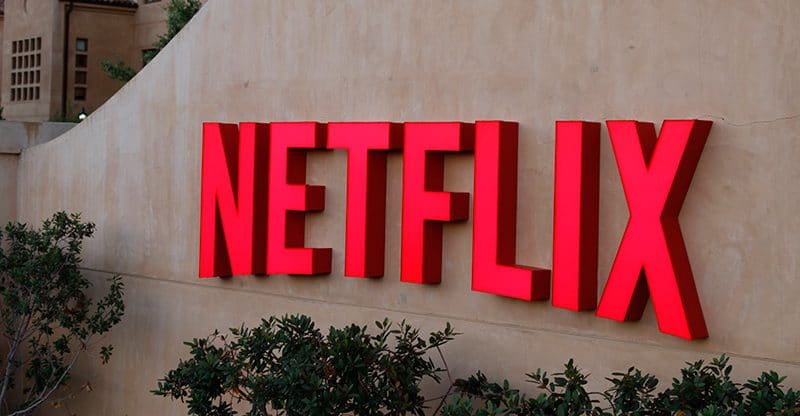In what turned out to be the complete opposite of what was forecasted, Netflix reported a net loss of 200,000 subscribers in a single quarter. That is not just short of the 2.5 million additional subscribers that it had forecasted, but is a complete reversal of fortunes for the streaming giant. Shares went down the spiral, tumbling as much as 26%, with $40Bn in market value, wiped off.
In other numbers reported for the first quarter of 2022, Netflix’s first-quarter revenue grew 10% to $7.87 billion, slightly below Wall Street’s forecasts. It reported per-share net earnings of $3.53, beating the Wall Street consensus of $2.89. But loss in subscribers and a further grim outlook for the current quarter sent it shares slumping by nearly 26%, wiping off nearly $40Bn in market cap.
Majority of the loss has largely been due to suspension of the service in Russia. That led to nearly 700K subscribers straight away lost from the service. Additionally, Netflix predicted a further loss of nearly 2 million subscribers, despite the return of ‘Stranger Things’, ‘Ozark’ and many other popular titles.
All of this has prompted the company, which has steered away from advertising for nearly 25 years, to think of introducing ads to an otherwise clean, and stupendous Netflix user interface. “Those who have followed Netflix know that I’ve been against the complexity of advertising, and a big fan of the simplicity of subscription,” said Netflix CEO Reed Hastings. “But, as much as I’m a fan of that, I’m a bigger fan of consumer choice.”
“Allowing consumers who would like to have lower price and are advertising tolerant get what they want makes a lot of sense,” he said, adding that ad-supported model is not really a “short-term fix.” Viewers who wish to go ad-free, will continue to be offered premium plans.
Nearly all other major streaming services have ad-supported plans. Amazon’s Prime Video and Disney’s Disney+ (including Hostar in Asia) are all ad supported. That and a changing market sentiment have often questioned Netflix’s strategy of going ad-free.
Netflix has also been under pressure due to competitors bagging several lucrative, live sports streaming rights, something that Netflix hasn’t taken seriously so far. Add to that, Google’s Youtube and Facebook to the mix, and the lucrative live sports streaming segment has already become hotly contested, further denting Netflix’s entry into the same. Take for example the Indian Premier League or IPL. World’s largest cricket league, which had a staggering 338 Million viewers in its last season, is reportedly selling its next cycle of rights for nearly $5Bn — among the largest in the history of any sports leagues, ever. Such rights have not been a priority for Netflix, taking away lucrative subscription revenue sources.
Another major culprit is account sharing. Netflix has often neglected the practice, which though has resulted in lost revenue, has often kept its subscription base loyal. But now it seems, that Netflix is exploring ways to derive revenue from the 100 million households watching Netflix through shared accounts, including 30 million in the United States and Canada.
“When we were growing fast, it wasn’t a high priority to work on,” Hastings said of account-sharing in remarks during Netflix’s investor video. “And now we’re working super hard on it.”
